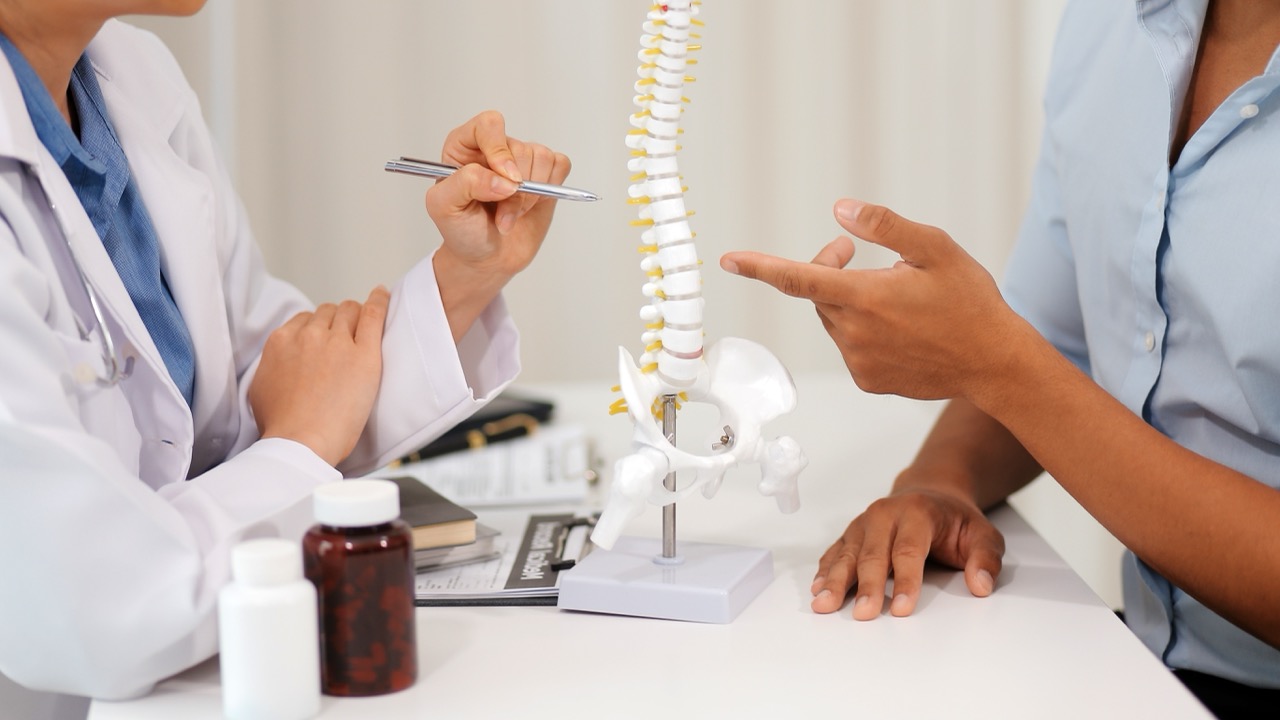Osteoporosis is a condition in which bones become weak and brittle. It develops gradually, often going unnoticed until an injury occurs. While it’s commonly associated with older adults, anyone can develop osteoporosis. In this blog, we’ll explore 10 key facts you should know about osteoporosis and provide tips on ways to manage this condition if diagnosed.
10 Facts About Osteoporosis
- By age 30, most people have reached peak bone density. After this age, bone strength naturally begins to decline.
- Osteoporosis is more common in women due to hormonal changes—especially the drop in estrogen after menopause.
- Osteoporosis in women is also more common because women generally have smaller, lighter bones than men, which makes them more susceptible to bone loss and fractures.
- People of Caucasian and Asian descent tend to have lower bone mass and density, increasing their likelihood of developing osteoporosis.
- “Osteoporosis” comes from Latin and Greek roots, translating to “bone with holes.”
- Smoking and excessive alcohol use interfere with bone rebuilding and calcium absorption.
- A DEXA scan is used to measure bone density and detect early signs of osteoporosis.
- Calcium and vitamin D are essential in preventing the development of osteoporosis. Calcium builds bone tissue, while vitamin D helps your body absorb calcium effectively.
- Approximately 10 million Americans have been diagnosed with osteoporosis.
- A sedentary lifestyle contributes to the progression of osteoporosis. Regular weight-bearing and resistance exercises strengthen bones, improve balance and help prevent fractures.
Managing Osteoporosis Effectively
While there is no definitive cure for osteoporosis, it is highly manageable with the right combination of lifestyle choices and medical treatment.
Nutrition
One of the best ways to help slow the progression of osteoporosis is through nutrition. As mentioned earlier, focus on foods high in calcium and vitamin D to strengthen and repair bone tissue. Dairy products, leafy greens and fortified foods are great options.
Exercise
Regular physical activity, especially strength training and weight-bearing exercises like walking or yoga, helps maintain bone density and muscle strength—both key in reducing fracture risk.
Medication
Your healthcare provider may prescribe medications such as bisphosphonates, denosumab, anabolic agents, or hormone therapy to slow bone loss and encourage new bone growth.
Final Thoughts
Osteoporosis causes bones to weaken gradually, often without symptoms until a fracture occurs. While it’s most common in older adults, anyone can be affected. Though there’s no cure, the condition is highly manageable. A balanced diet rich in calcium and vitamin D, regular exercise, and prescribed medications can slow bone loss, strengthen bone tissue, and reduce fracture risk. With early detection and healthy habits, it’s possible to protect your bones and maintain an active, independent life.
If you think you may be at risk for osteoporosis, talk to your Primary Care Physician (PCP). Southwoods Health offers a network of PCPs throughout the Mahoning Valley. Also, DEXA scans are available at Southwoods Imaging in Boardman and will soon be available at Southwoods Imaging in Howland (January 2026).



